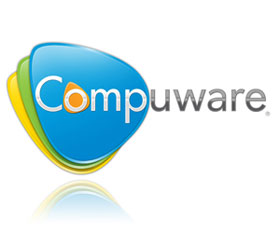Mobile money proves popular
Eighteen percent of South Africans are using mobile phones to transfer money – proof, says First National Bank, of the rapid growth of this form of banking.
The 2011 World Wide Worx Research, which probed the use of mobile phones for banking purposes, showed that close to 2 out of every 10 people are now using their phones to transfer cash to family and friends.
“Mobile money is one of the fastest growing sectors in the financial services environment – with many people opting for an electronic wallet instead of a leather one,” says CEO of First National Bank (FNB) eWallet Solutions, Yolande van Wyk.
The number of eWallet holders has doubled within 6 months, from 250 000 in October 2010 to over 500 000 in April 2011. Figures released by FNB show that the majority of its senders (79%) are aged under 40. Around 40% of the senders originate from Gauteng, followed by 14% in KwaZulu-Natal and 12% in the Eastern Cape.
“We’ve been tracking the eWallet withdrawal footprint across the country and it is interesting to note that we’ve even seen eWallet ATM withdrawals in small towns such as Modjadjiskloof in Limpopo, and Ngcobo in the Eastern Cape. These trends are an indication that some of the previously unbanked markets are also starting to embrace the idea of a remittance economy. Cellphones as a banking tool are indeed coming of age,” says Van Wyk.
According to her, part of the attraction to mobile money transfer services is the products’ ease of use and instant reach to the receiving recipient.
“With at least 35 million cellphone users in South Africa, mobile money transfer services have become the most convenient way of sending money, as with cellphones one is able to reach anyone from any part of the country.”
Independent research undertaken by FNB reveals that 68% of eWallet users use the service to send money to people who are financially dependent on them and 64% of these people send money to relatives who reside in a different province. In these cases, money is often required urgently and the instant nature of the eWallet service has clearly contributed to its success.
“More than 13 million adults in South Africa still remain unbanked with the biggest percentage of these adults based in remote or rural towns. These latest trends show how the banked population is beginning to play a significant role in introducing the unbanked to some form of banking, like cash withdrawal from ATMs, and we want to use such information to help extend formal reach of banking to the unbanked population and eventually introduce them to mainstream banking through these channels,” she concludes.



